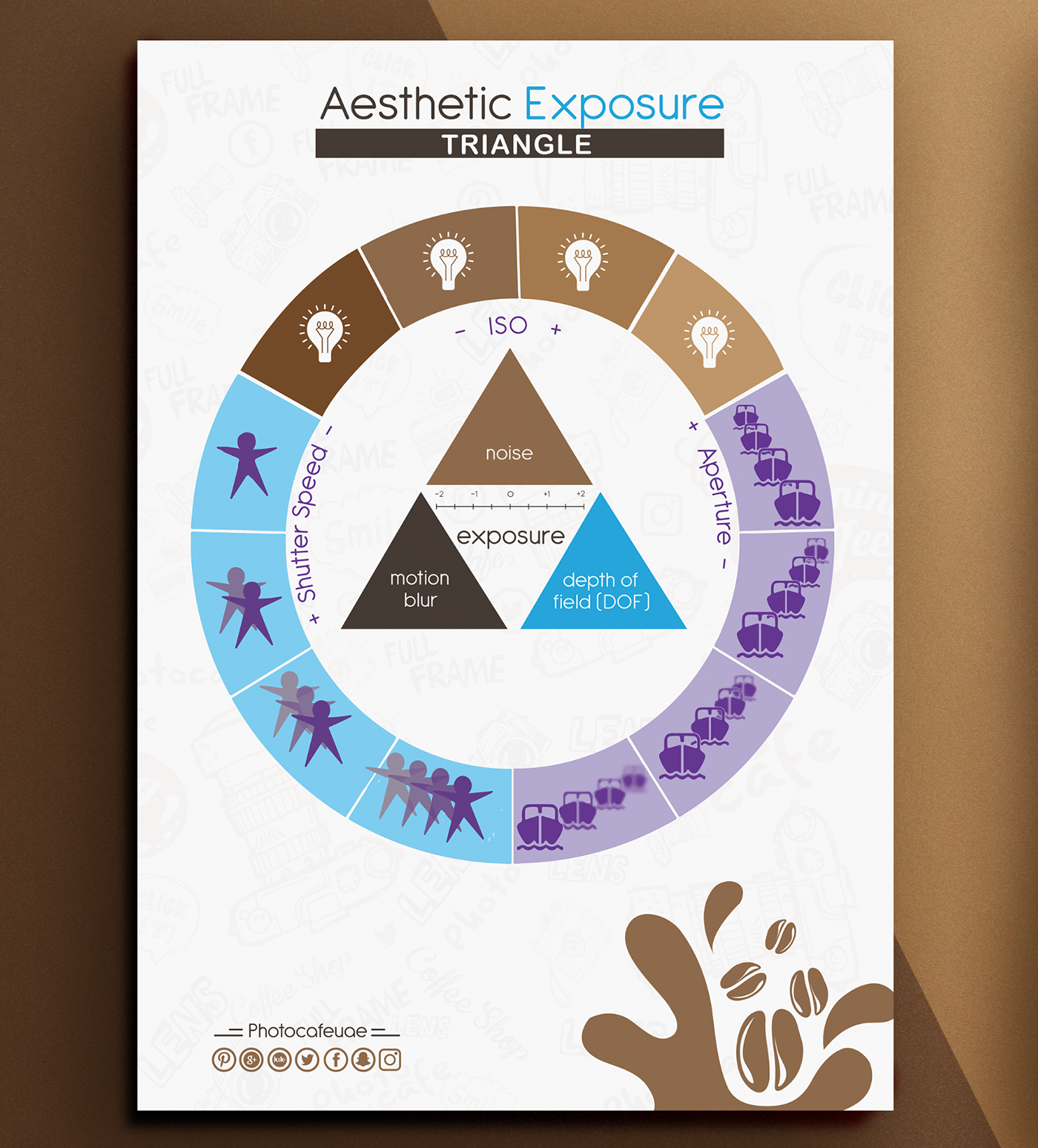What Every Professional Photographer Should Find Out About Lighting
What Every Professional Photographer Should Find Out About Lighting
Blog Article
Article By-Rogers Riddle
As a photographer, you understand that lighting can make or damage your photos. Understanding the nuances of both all-natural and man-made light is essential for catching the mood and clearness you go for in your job. Whether you're chasing the excellent golden hour radiance or fine-tuning your artificial configurations, mastering these elements can elevate your digital photography significantly. But there prevail risks that lots of overlook, and acknowledging them can change your method to every shoot. Allow's discover what you could be missing and exactly how it can impact your outcomes.
Recognizing Natural Light
Comprehending all-natural light is crucial for any type of photographer looking to boost their work. It's the foundation of fantastic photography, influencing state of mind, tone, and quality. When you fire outdoors, pay attention to the moment of day. The golden hour-- soon after sunrise and prior to sundown-- uses soft, warm light that can change normal scenes right into magnificent images.
Don't ignore the power of cloudy days. view site… diffuses sunshine, creating a soft, also light that's perfect for portraits and macro digital photography. You'll locate shades appear this sort of lights without rough shadows.
Positioning issues, as well. Always consider your subject's positioning to the light. If the sun's behind your topic, you may wind up with a silhouette, which can be dramatic however mightn't be what you desire. Conversely, straight sunlight can develop uncomplimentary shadows.
Experiment with angles; occasionally, transforming your point of view can generate incredible results. Usage all-natural reflectors, like water or sand, to bounce light onto your subject, adding dimension.
Mastering Artificial Light
Understanding fabricated light is crucial for professional photographers that intend to take their abilities to the following degree. Whether you're utilizing speedlights, workshop strobes, or constant lights, understanding just how to adjust these sources can considerably improve your pictures.
Beginning by familiarizing yourself with the essentials of light top quality, direction, and color temperature level. Try out different modifiers like softboxes, umbrellas, or grids to regulate the softness or violence of the light.
You'll locate that soft light frequently creates lovely results, while harsher light can include drama and deepness. Don't avoid darkness; they can improve the three-dimensionality of your subjects.
Pay close attention to the placement of your lights. A light positioned also near to your topic can develop uncomplimentary results, while as well away can lead to a lack of information. Utilize a light meter or your camera's histogram to ensure you're subjecting appropriately.
Finally, keep in mind that fabricated light can be combined with ambient light for creative impacts. Stabilizing these resources might take technique, but once you understand it, your digital photography will absolutely radiate.
Methods for Different Situations
When you enter different capturing circumstances, adjusting your illumination strategies is essential for catching the very best pictures. For outdoor pictures, utilize the gold hour-- morning or late afternoon light-- to soften darkness and enhance complexion.
If it's a severe midday sunlight, consider using a reflector to jump light back onto your topic or seek shaded areas for a much more even exposure.
In http://eldridge10salvatore.xtgem.com/__xt_blog/__xtblog_entry/__xtblog_entry/37571391-exactly-how-to-select-the-right-electronic-camera-for-your-digital-photography-demands?__xtblog_block_id=1#xt_blog -light situations, like interior events, increase your ISO and make use of a vast aperture to allow in more light. A tripod can help get rid of electronic camera shake, enabling longer exposures without obscuring.
If Website photographer contending night, explore off-camera flash to develop vibrant lighting and depth in your images.
For item digital photography, utilize diffused lights to stay clear of rough representations. Portrait Studio or light camping tents can help accomplish this effect.
When photographing landscapes, take into consideration the direction of light and time of day, as it can considerably change the state of mind of your shot.
Constantly prepare to adjust your settings and positioning based upon the scenario, as versatility is vital to grasping illumination in photography.
Conclusion
In conclusion, understanding illumination is essential to elevating your digital photography abilities. Accept all-natural light's appeal throughout golden hour, and do not avoid explore man-made light techniques. By adjusting your technique to various circumstances, you'll capture sensational images that reverberate with feeling and clarity. Keep in mind, the appropriate lighting can transform a regular shot into something remarkable, so keep practicing and improving your understanding of both all-natural and synthetic light. Happy capturing!
